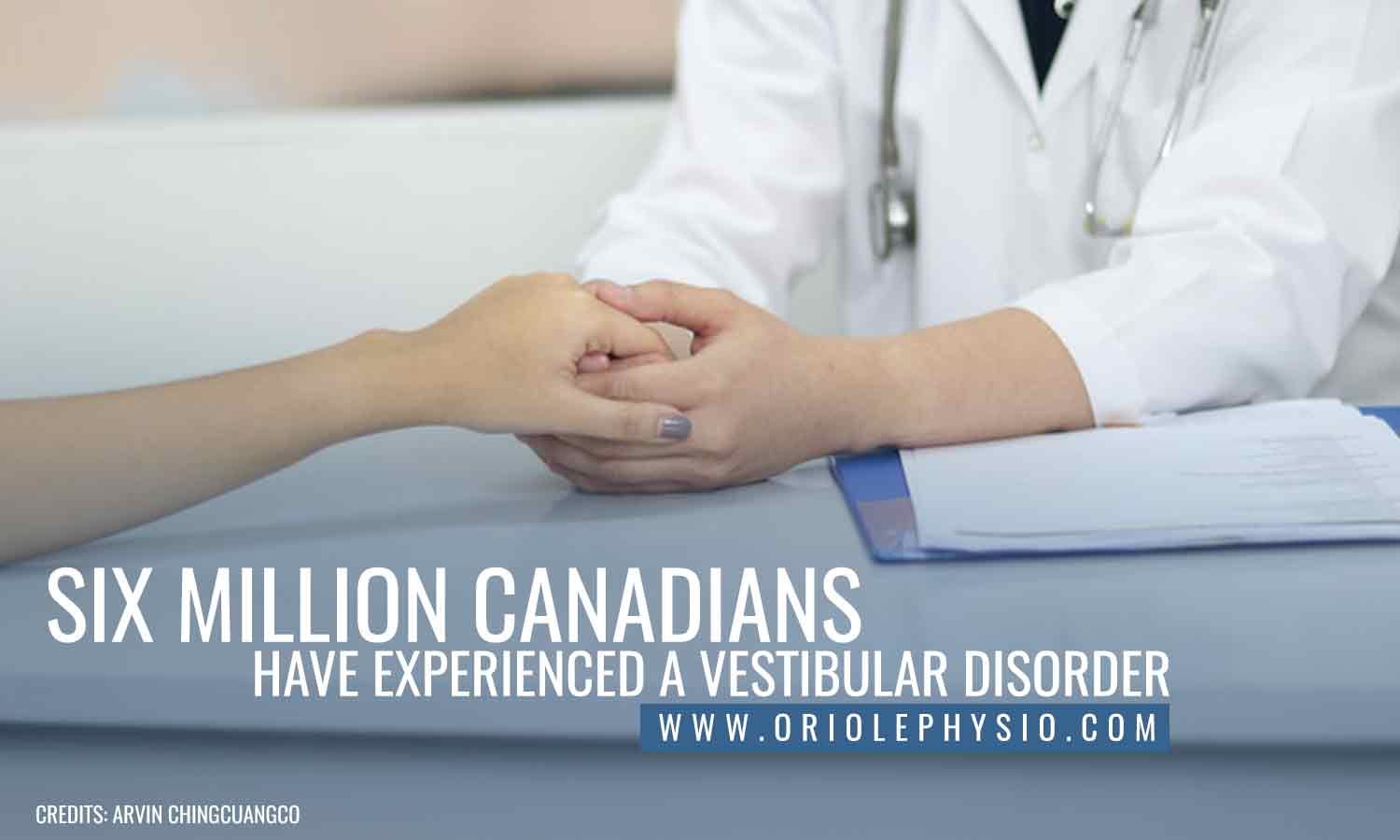5 Frequently Asked Questions About Vestibular Rehabilitation
Vestibular problems can impact your life: they reduce your energy, limit your activities, and take the joy out of performing basic movements. About 35 percent or over six million Canadians aged 40 years and older have vestibular issues at a point in their lives. When left unaddressed, this may lead to mental health issues, including anxiety and depression.
It pays to get proper treatment before vestibular problems impact your well-being. Vestibular rehabilitation is a hugely beneficial recourse to help patients recover. In this article, we answer five frequently asked questions about this treatment and where a person suffering from vestibular disorders can get help.
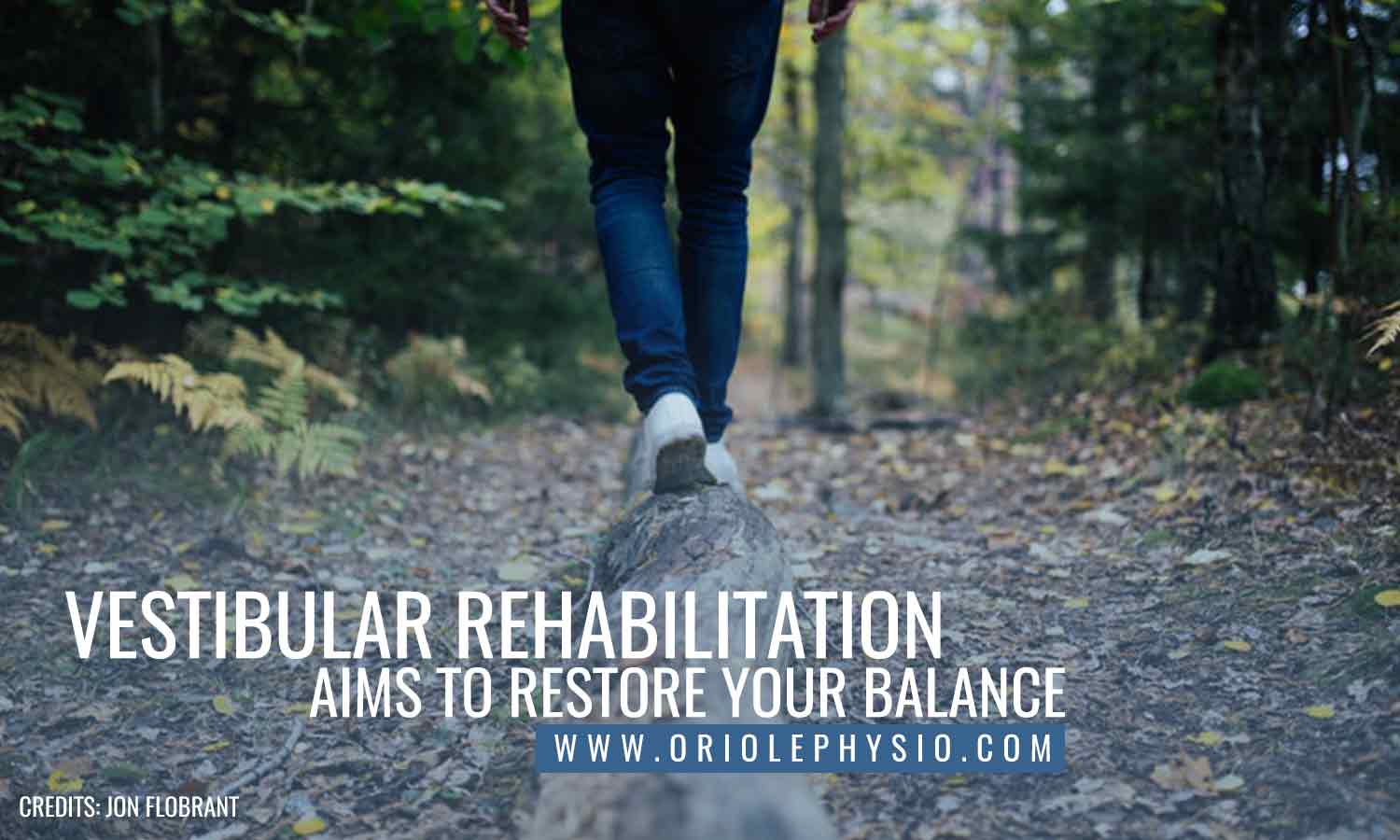
1. What is Vestibular Rehabilitation?
Also called vestibular rehabilitation therapy (VRT), vestibular rehabilitation is a targeted treatment plan that is aimed at eliminating symptoms associated with vestibular disorders.
Throughout this therapy, a person experiencing problems like imbalance, gaze instability, heavy headedness, vertigo, and dizziness will undergo a series of exercises to restore their vestibular function gradually. VRT helps the body to recover from such symptoms by encouraging vestibular compensation (the process where the brain recalibrates after damage in vestibular function).
VRT implements a problem-focused approach in promoting the process of compensation. Before creating a customized exercise program, a patient undergoes a clinical examination to pinpoint the specific vestibular problem he/she is experiencing. Other factors that can influence your condition like medical history, medications you take, and daily activities are also discussed during the examination.
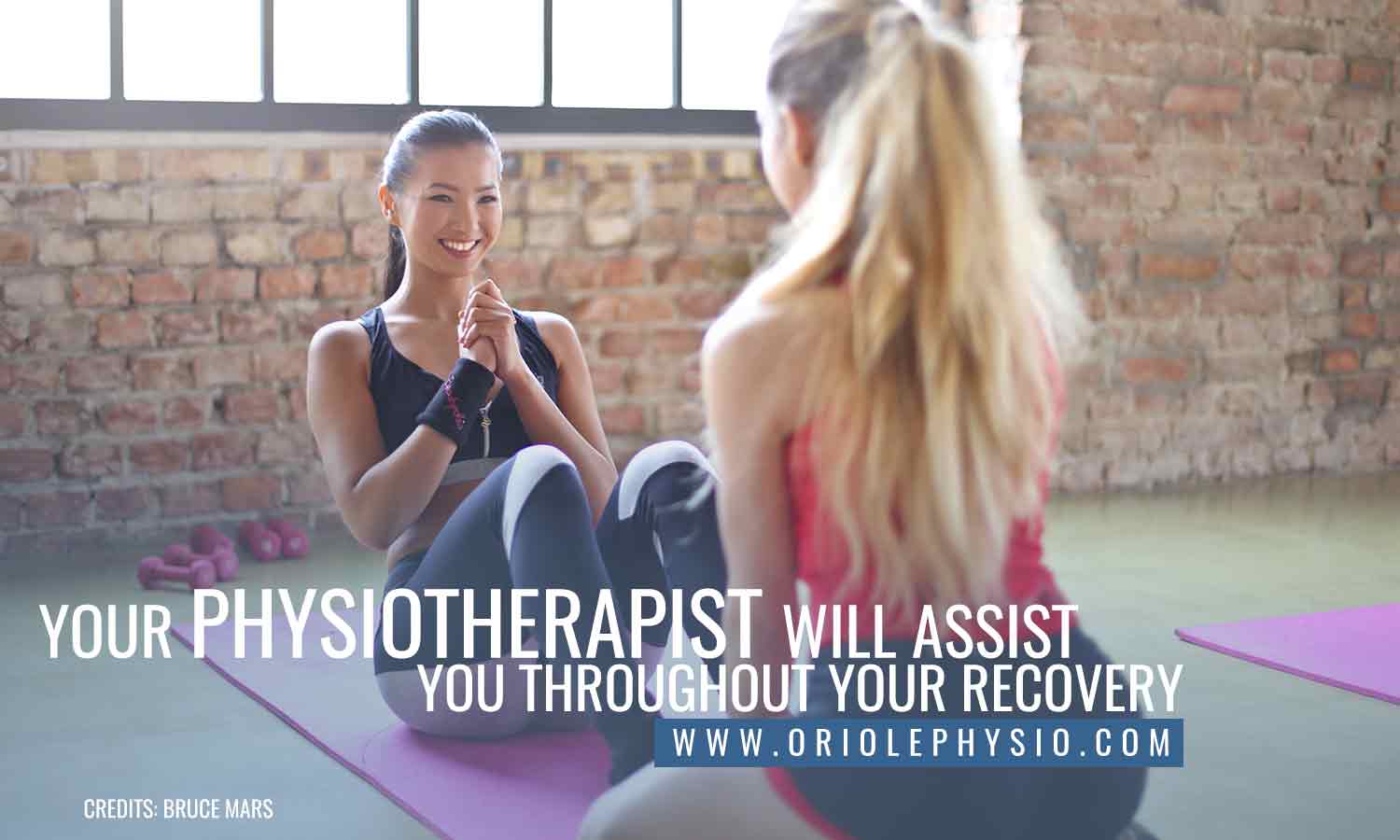
2. What can I expect from therapy?
VRT starts with a thorough assessment done by an experienced physiotherapist. During the assessment, the physiotherapist will probe deeper into the patient’s symptoms and how they are slowing down his/her productivity. The therapist will also gather additional information like vision or hearing concerns, medications taken, the activities the patient has performed in the past few days or weeks, as well as the person’s living situation.
A series of tests may be administered so that the therapist can have an objective and precise evaluation of a patient’s condition. During these tests, the therapist might require to assess your vestibular system to be able to evaluate your eye movements. Your muscle strength, coordination, balance, posture, walking, pain reception, and extremities may also be observed.
The assessment also includes administering different tests to evaluate the patient’s problems objectively. The therapist will screen the visual and vestibular systems to observe how well eye movements are being controlled. Testing assesses sensation (which includes gathering information about pain), muscle strength, extremity and spine range of motion, coordination, posture, balance, and walking ability.
The therapist will then design a tailored exercise program extracted from the observations of the assessment and the laboratory tests. For instance, a person experiencing concussions may be advised to go through gaze stabilization exercises to improve his/her eye movements so as not to get his/her vision affected with every head movement.
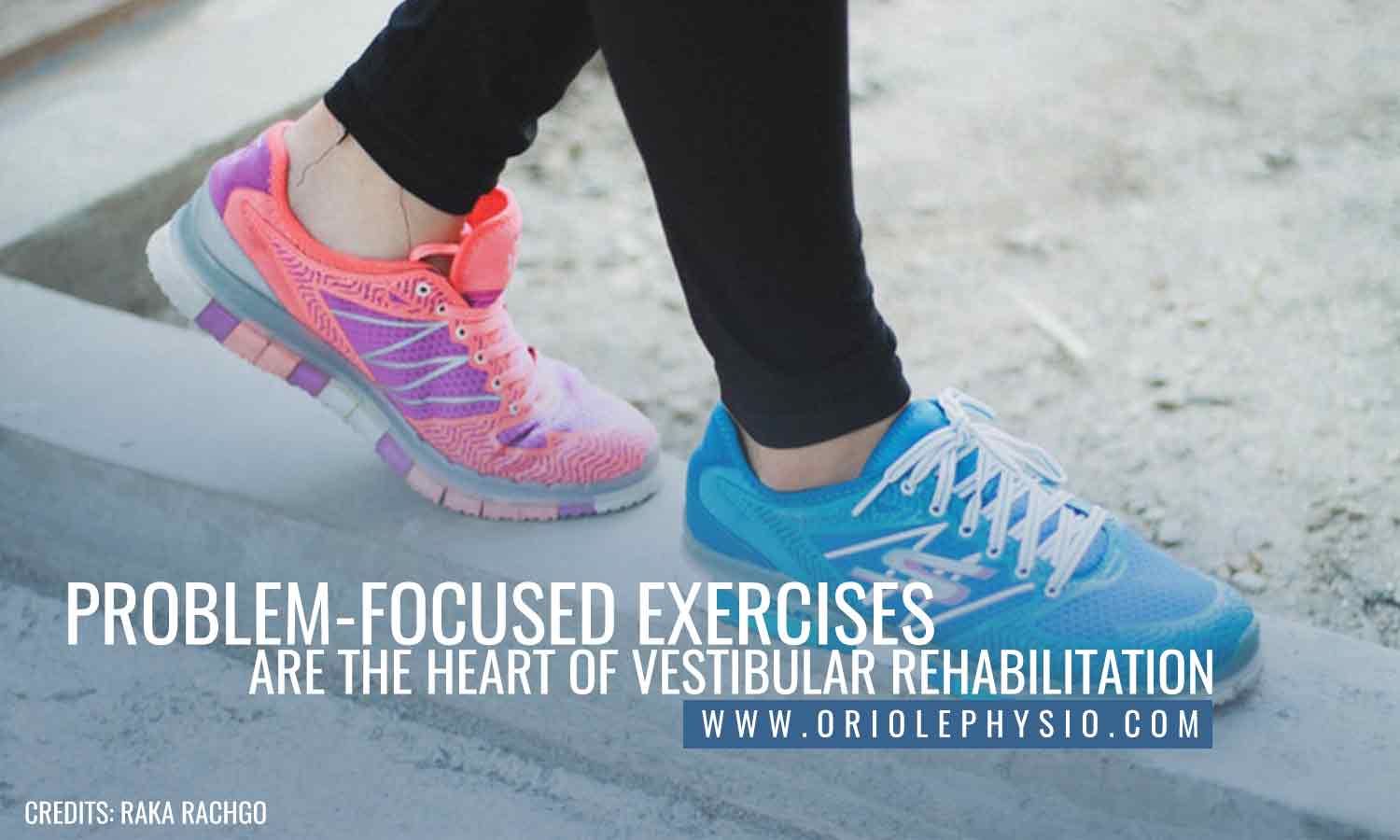
3. What are examples of exercises under this therapy?
Depending on your case, the prescribed exercises can revolve around these standard exercises:
- Balance training – Exercises under this category help enhance steadiness so you can better perform work, leisure, and self-care activities daily. As your treatment progresses, your physiotherapist will gradually increase the intensity of your exercises to progressively improve your balance.
- Gaze stabilization – The goal of gaze stabilization exercises is to improve your eye movement as they adjust with your head movements (your vision should be clear; however, you move your head). Specifically, these eye exercises will depend on the type and extent of your vestibular issue.
- Habituation – These exercises are implemented to correct dizziness related to self-motion and some visual stimuli. Habituation exercises are especially helpful for people who experience extreme dizziness with every movement, (particularly when they perform abrupt head movements) and for patients who report dizziness when they are in a visually stimulating environment.
Incorporating these exercises in your daily schedule and committing to doing them consistently are essential for a successful recovery. Time and consistency can help diminish your vestibular problems.

4. What factors can affect my recovery?
Few of these factors include:
- Medications – Certain medications (e.g. antipsychotics, antidepressants, sedatives), antihypertensive, and anticonvulsants medications) may promote or heighten dizziness, muscle fatigue, or unsteadiness. Considering that taking such medications comes with tradeoffs, the patient and doctor should decide on usage while factoring in the priorities of the patient. When possible, eliminate medications if they are not necessary for your condition.
- Pain – Pain can affect a patient’s balance. It is also one of the reasons a person would limit their movements and activities to avoid feeling pain. This leads them to live a sedentary lifestyle. Pain can stop a patient from fully committing to the VRT and perform the prescribed exercises.
- Lifestyle – People who have learned to live with their vestibular disorders might resign themselves to a sedentary lifestyle. As a result, their fitness level declines. Because they restrict their physical activities, their intolerance to movement increases, which can aggravate their problems with dizziness.
The good thing is that VRT can prevent a patient from walking astray to inactivity. By the end of the therapy, patients should have a renewed desire for exercising and taking care of their bodies.
- Emotional roadblocks – Some patients with panic disorders, anxiety, or depression may find it challenging to manage their symptoms. These conditions may limit the patient’s ability to follow their therapy regime; however, this restricts their bodies’ compensation capacity.
To increase the body’s compensation capacity, a patient must be exposed to movement to slowly reduce anxiety. Consulting a counsellor can help conquer emotional roadblocks when dealing with vestibular disorders.
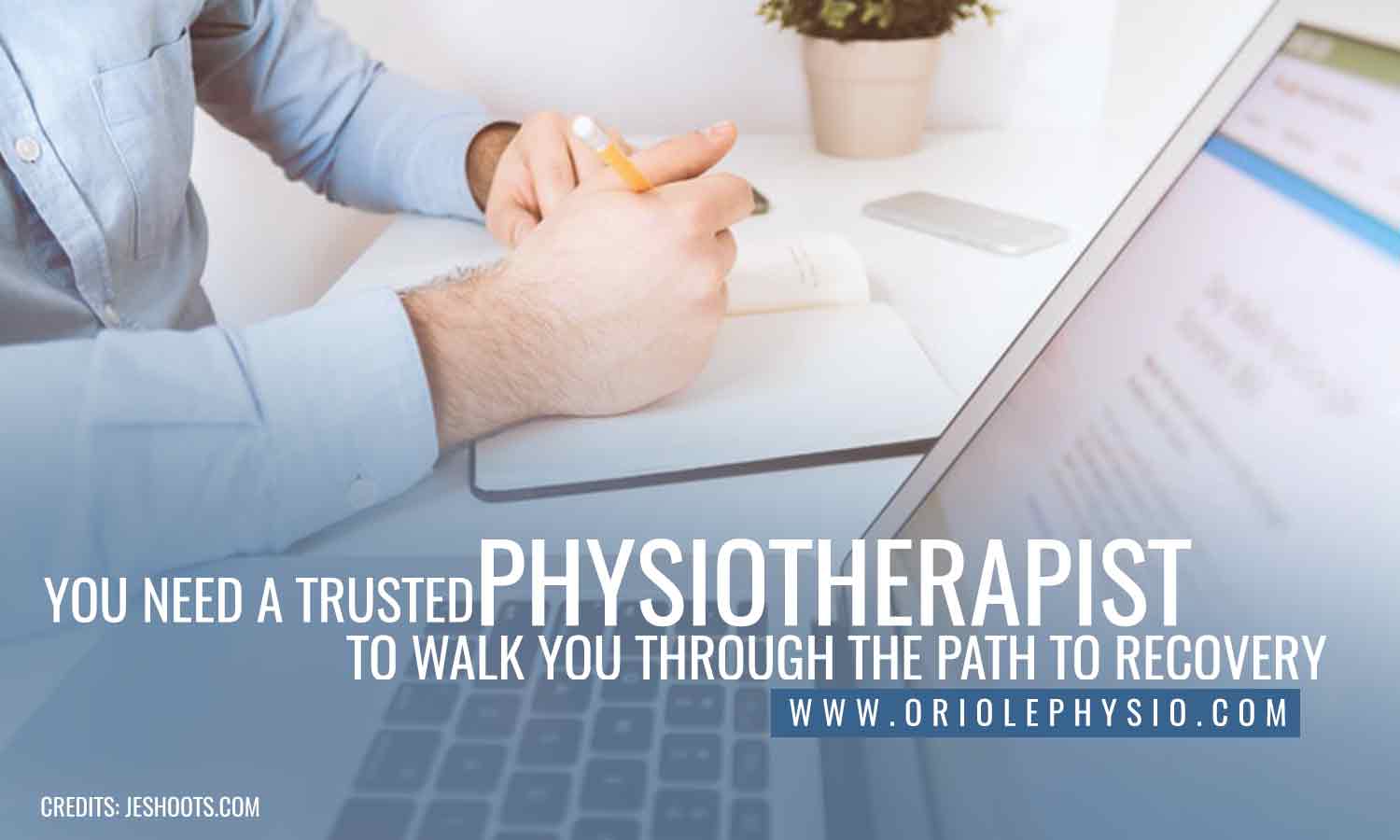
5. Where can I find a vestibular rehabilitation expert?
Persons who have vestibular problems need a trusted physiotherapist who can assist them in recovery. When you need a reliable therapist who will take time to understand your case and explain the importance of vestibular rehabilitation in achieving wellness near North York or Toronto, contact Oriole Physiotherapy & Rehabilitation Centre. We will walk you through your entire therapy to improve your overall well-being and general health.
Call us today at (416) 221-0772 to schedule an appointment.

